Tax on tax
The mining industry plays an important role in Vietnam's economy , not only providing essential input materials for many basic industries such as metallurgy, energy, and construction materials, but also being a large source of revenue for the state budget.
That is the information Mr. Dau Anh Tuan, Deputy Secretary General, Head of the Legal Department of the Vietnam Federation of Commerce and Industry (VCCI) said at the financial policy workshop for the mineral industry on October 15.
According to Mr. Dau Anh Tuan, in reality, enterprises in the mining sector are currently having to perform two major financial obligations at the same time, which are resource tax under the 2009 Law on Resource Tax and mineral exploitation rights fee under the 2010 Law on Minerals, which will continue to be inherited in the 2024 Law on Geology and Minerals.
“Both of these revenues are aimed at ensuring that the State collects the value from public assets, which are mineral resources. However, the simultaneous application of two financial mechanisms to the same subject has raised practical, legal and economic issues of concern,” said the Deputy Secretary General of VCCI.
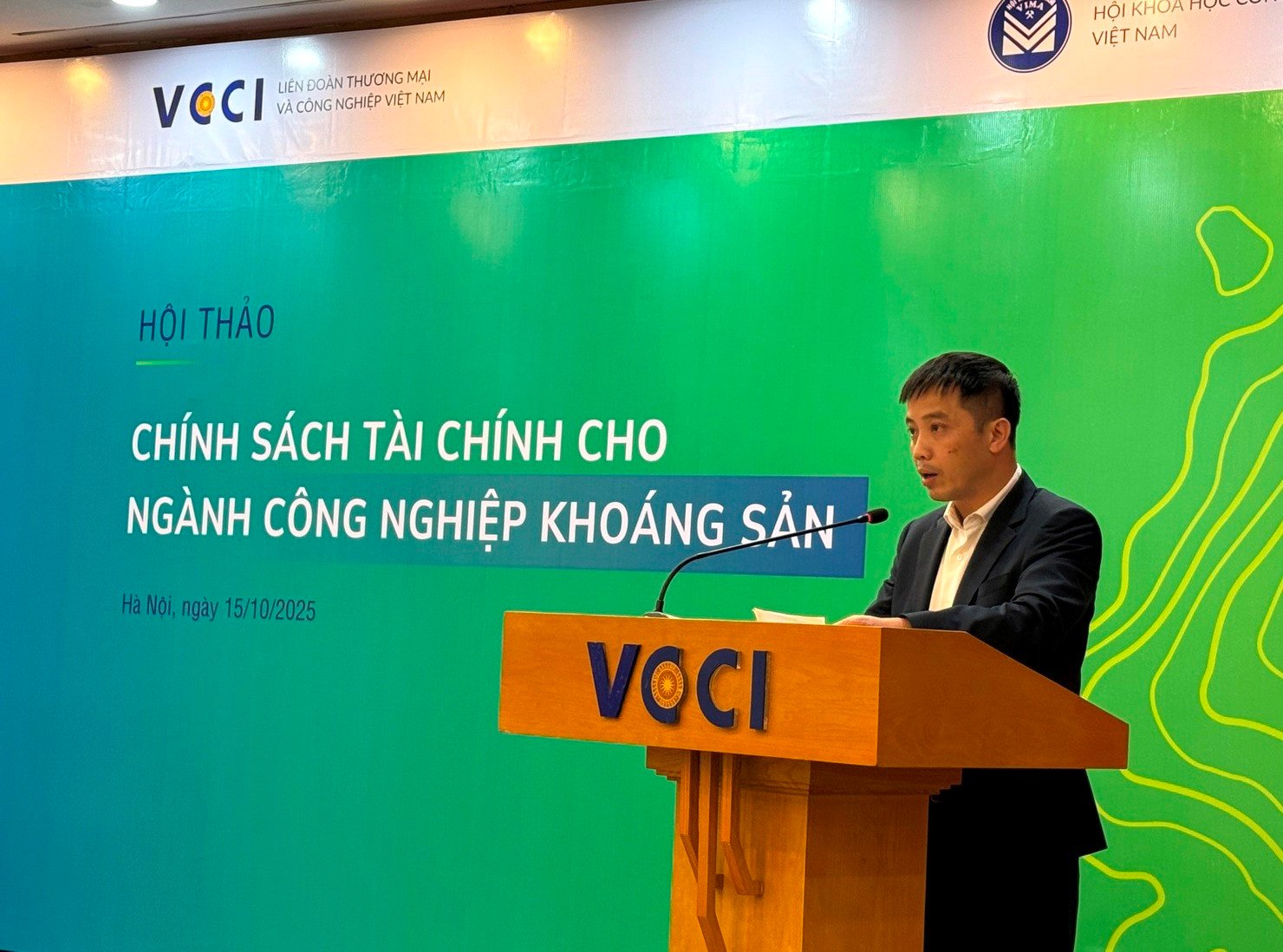
He said that according to feedback from the business community, the total financial obligations are currently much higher than international practice, accounting for up to 30-40% of revenue. Meanwhile, countries with developed mining industries such as Australia, Canada, and Indonesia often only apply a flexible royalty mechanism, combined with corporate income tax, with a significantly lower total revenue.
The overlap in nature between resource tax and licensing fees is increasing costs, reducing the competitiveness of Vietnamese enterprises, while creating legal risks and distorting investment incentives for efficient exploitation and deep processing, which is the consistent orientation in Resolution 10-NQ/TW of the Politburo on the strategy for mineral industry development to 2030, with a vision to 2045.
Mr. Nguyen Van Phung, senior expert on tax and corporate governance, former Director of the Department of Large Enterprise Tax (General Department of Taxation, Ministry of Finance) said that mineral mining enterprises are currently subject to 9 types of taxes. Of which, corporate income tax for mineral mining enterprises is very high, up to 50%, while other enterprises are usually at 25%.
According to Mr. Phung, in terms of form, calculation, and subject, the fee for granting mining rights is identical to the resource tax. Therefore, with the same revenue, the enterprise must fulfill its obligations to two different governing bodies. These two revenues are double the obligations of mineral enterprises.
“The two revenues from mineral exploitation rights and resource tax have the same basis and calculation method; they only differ in management methods, management agencies, time, decentralization, etc., creating the feeling of overlapping revenues on the same rights/obligations,” said Mr. Phung.
The tax expert also assessed that the management and implementation of the Law on Natural Resources Tax is very complicated in calculating and determining the taxable natural resource output and the taxable natural resource price. Financial obligations not only cause difficulties for businesses but also for management agencies.
Proposal to combine two financial obligations
The biggest problem lies in the simultaneous application of resource tax and mineral exploitation license fee, creating a situation of "tax on tax". Mr. Bui Ngoc Tuan, Deputy General Director of Deloitte Vietnam Tax Advisory Services, said that the Vietnamese mining industry is shouldering a total tax and fee obligation of about 25% of revenue, much higher than the average of 5-10% in Australia, the US or Malaysia. In particular, corporate income tax is up to 50% for tungsten and rare earth mining, twice as high as the standard rate of 20%.
From a business perspective, Mr. Phan Chien Thang, Deputy General Director of Masan High-Tech Materials Company, reflected that currently, the licensing procedures for mineral exploitation and processing, especially for strategic minerals, are still lengthy and complicated, causing difficulties for businesses, often losing investment opportunities and not being able to take advantage of favorable market times.
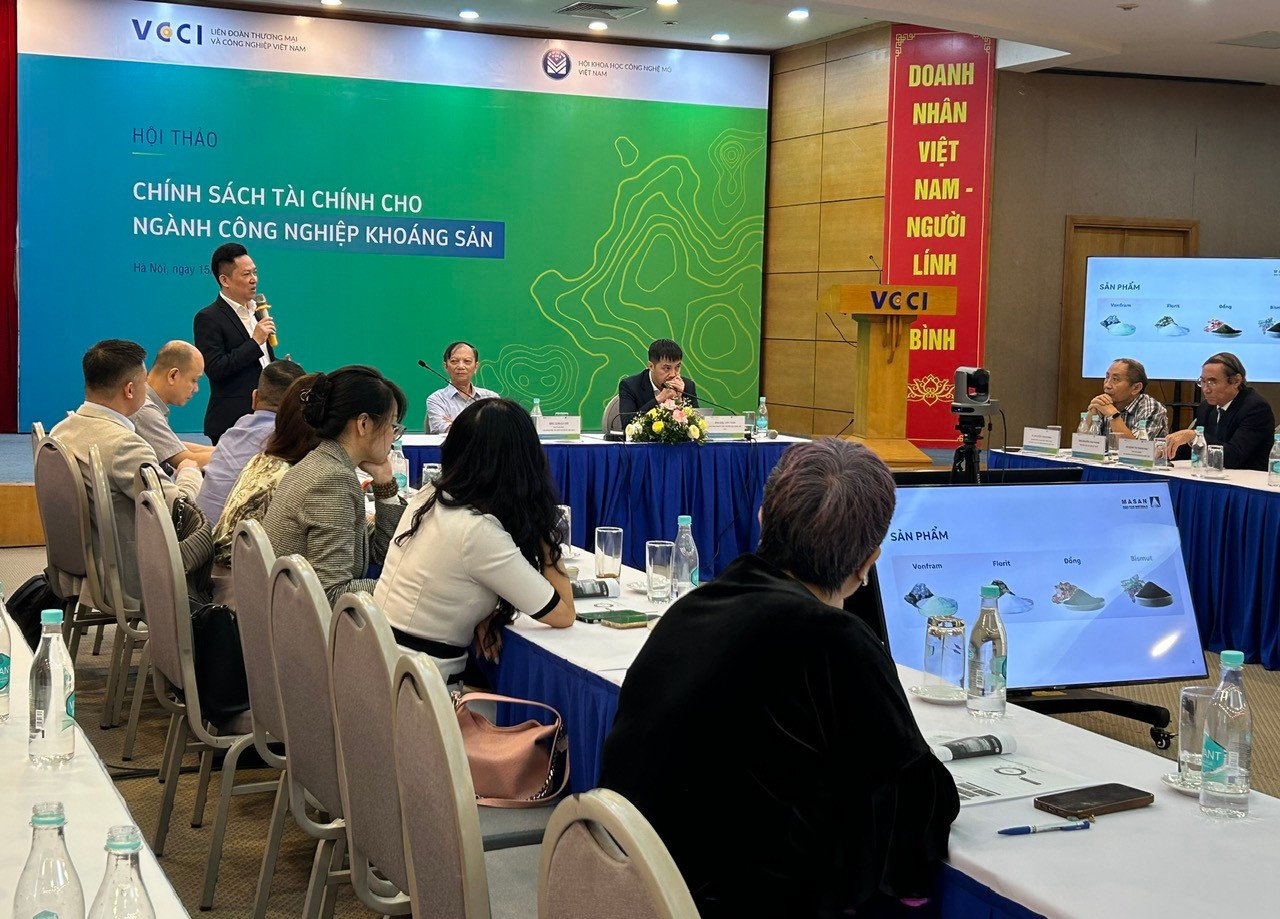
“When the quota of licenses has been exhausted, businesses that want to exploit must reapply for permission, which takes a whole year. Therefore, we recommend simplifying procedures. In case of needing to speed up mineral exploitation and processing projects, a resolution or special mechanism should be issued to allow businesses to simultaneously implement construction investment and complete documents, in order to shorten the time and promote investment efficiency,” Mr. Thang proposed.
In addition, according to Mr. Thang, policy changes compared to the time of investment also cause disadvantages for businesses. For example, before the time of investment (2010), the resource tax rate was below 10%, but after the investment went into operation, this tax rate increased from 6-25%. Along with that, the fee for granting mineral exploitation rights and environmental protection fees were regulated after the project went into operation, causing disruption to the financial plan of the business.
Masan High-Tech Materials’ leaders proposed combining licensing fees and resource taxes, and reviewing the collection rate to ensure regional and international competitiveness. According to him, the tax rate should be referenced to international practice at about 3%-8% of total revenue from all types of taxes.

Source: https://vietnamnet.vn/nganh-khai-khoang-viet-nam-ganh-thue-phi-cao-hon-my-uc-doanh-nghiep-lo-lang-2453058.html










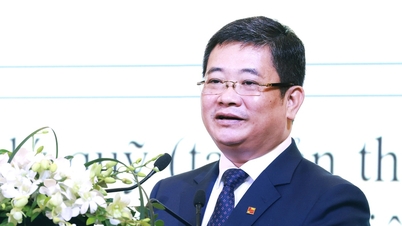








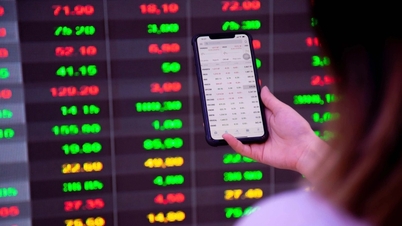

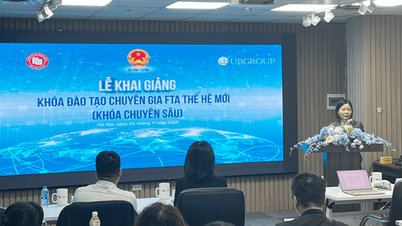






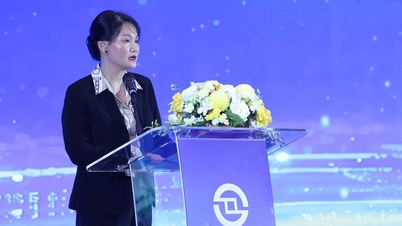










![[Photo] Parade to celebrate the 50th anniversary of Laos' National Day](/_next/image?url=https%3A%2F%2Fvphoto.vietnam.vn%2Fthumb%2F1200x675%2Fvietnam%2Fresource%2FIMAGE%2F2025%2F12%2F02%2F1764691918289_ndo_br_0-jpg.webp&w=3840&q=75)
![[Photo] Worshiping the Tuyet Son statue - a nearly 400-year-old treasure at Keo Pagoda](/_next/image?url=https%3A%2F%2Fvphoto.vietnam.vn%2Fthumb%2F1200x675%2Fvietnam%2Fresource%2FIMAGE%2F2025%2F12%2F02%2F1764679323086_ndo_br_tempimageomw0hi-4884-jpg.webp&w=3840&q=75)




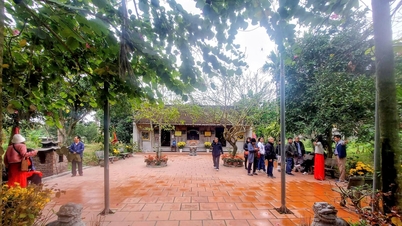














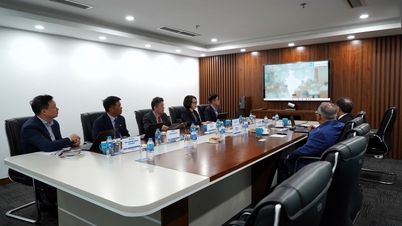
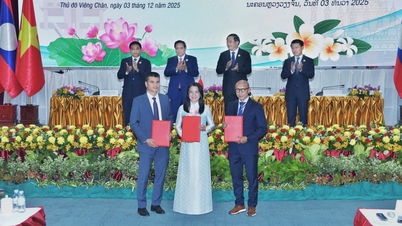


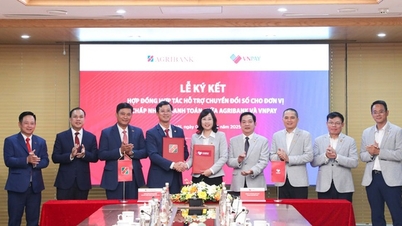


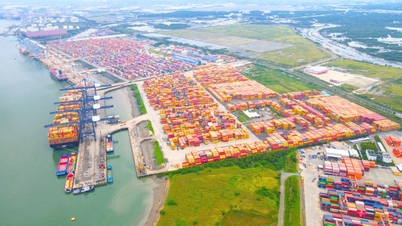






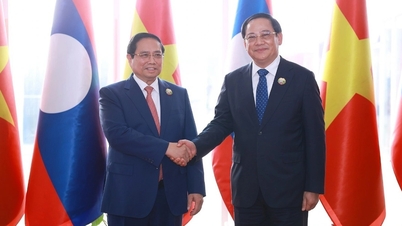













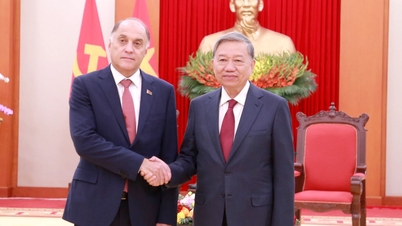
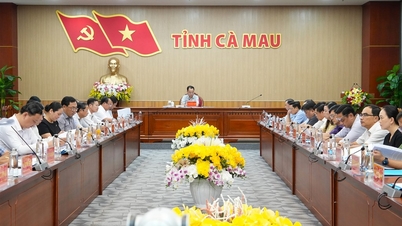

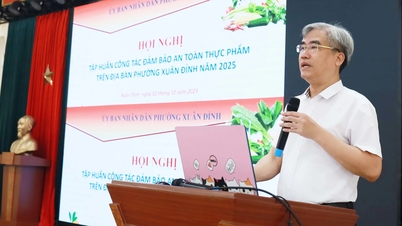


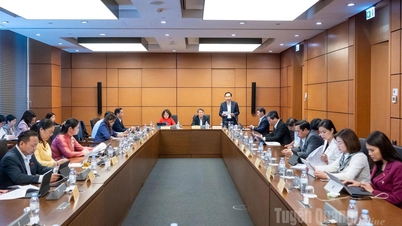

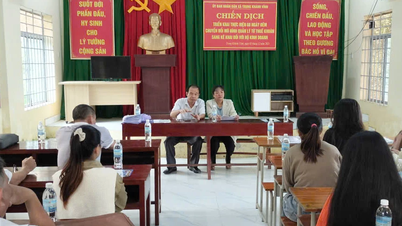











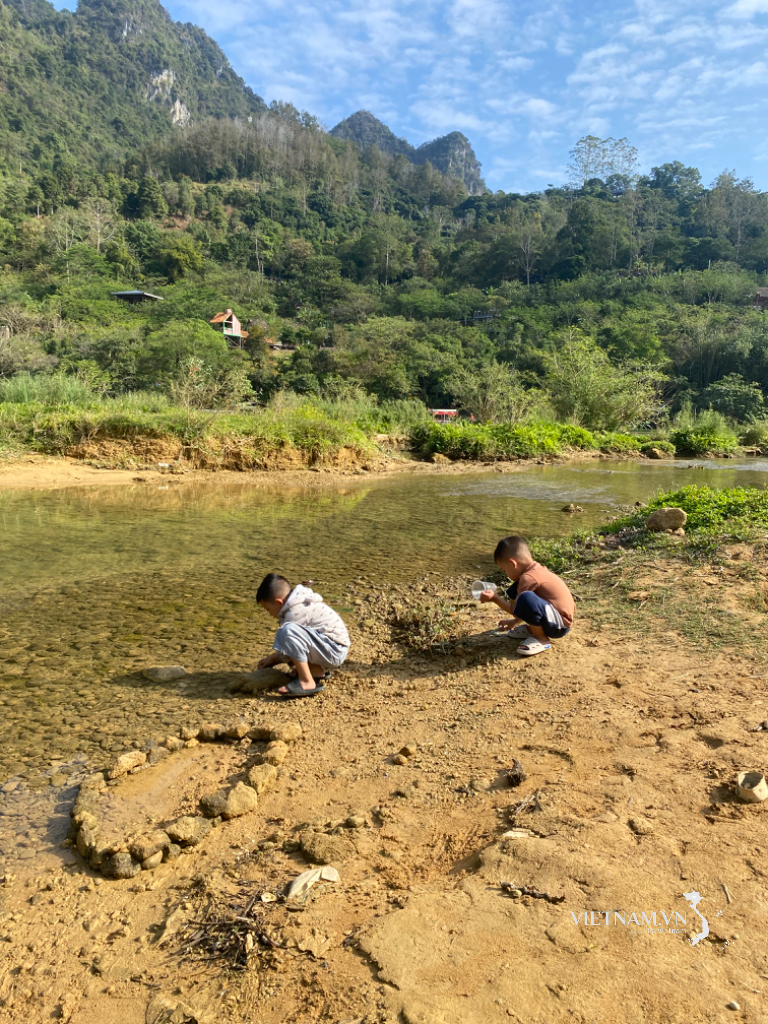



Comment (0)